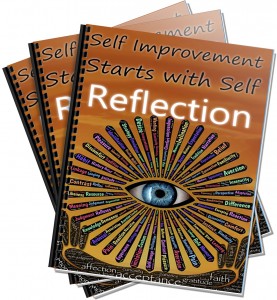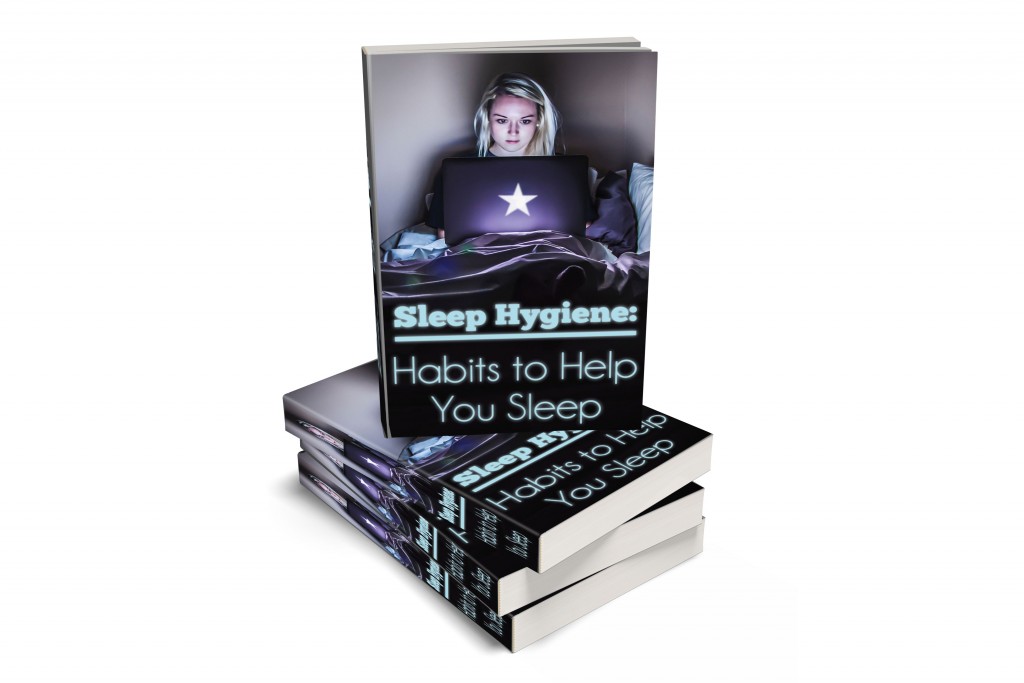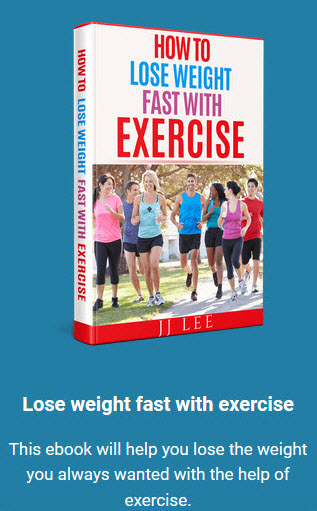Intermittent Fasting to Lose Weight
Practicing a healthier lifestyle is always the better way of living. Nowadays, the more people look for ways to achieve that perfect body, the more diet plans pop up. Therefore you have more options to choose from. People like shortcuts; the easier, the quicker-the better! Which is why fasting for weight loss is growing more popular by the day.
Intermittent Fasting or simply IF, is unique in that it is time restrictive rather than food group restrictive. It’s the act of fasting for long periods of time then eating during specific intervals instead of restricting yourself from different types of food while keeping regular mealtimes.
Humans have been dieting since the ancient times- before convenience stores, on demand food delivery and microwave ovens. Our ancestors had to hunt and gather for every meal, meaning they literally had to be the predator among the vast choices of prey in the wild.
Sometimes they were unsuccessful, which pushed them to involuntarily fasting.
There are different types of intermittent fasting. They differ in the amount of calories consumed and the period of time you between meals.
Read below to choose which one you’re more inclined to start with
16/8 Method
This type of IF is arguably one of the most popular and easiest one. This could also be your steppingstone before going into more intense fasting methods. Using the 16/8 method means fasting for 16 hours a day and having an eating window of 8 hours. An eating window is the time you get to eat after fasting for a while.
The simplest way to practice 16/8 is to eat early dinner and fast until 12 noon the next day. Two meals per day is doable for this method; lunch and dinner. You can eat some snacks during the eating window, granted you don’t binge eat.
5:2 Method
Fasting using this method means fasting for only two days per week, hence the five to two ratio. This doesn’t mean you don’t eat for two whole days though, but rather you only eat 500-600 calories for the duration of it. Then, you continue to eat normally on the remaining five days. You can restrict yourself to one meal containing 250 calories per day with this diet.
Eat-Stop-Eat
Once you get the hang of the 16/8 method and you think you’re fit for longer hours of fasting, this method could be your next goal. This method includes a whole day of fasting, or 24 hours to be exact. You could practice it by fasting from dinner to dinner or lunch to lunch- it doesn’t have much of a difference.
Alternate-Day fasting
According to its name, it just means fasting every other day. Studies have found that those who practice it tend to lessen their calorie intake rather than restrict themselves with an eating window. An example could be only eating a total amount of 250 calories for each meal.
The Warrior Diet
The name derives from the fact that it allows you to feast at night within a certain time frame. This method allows for fasting the whole day then eating a full meal by night. Organic food is recommended during your meals in the day for a more effective weight loss.
Spontaneous Meal Skipping
This method is one of the simplest ones to practice but also lacks in studies that prove it works. It could also be called a “short fast” where you skip meals whenever you’re not hungry. Starving yourself is different though, remember to eat when you feel the starvation creeping in.
How do you start practicing it?
Find out what you want to achieve – Laying out goals for yourself is a way to help you achieve it. How do you want to see yourself progress as you practice IF? Do you want to lose weigh, and have a healthier lifestyle? Find out what’s your end goal so you can pick out a method that best works with you.
Choose which method you want to practice – Your end goal should be the deciding factor when selecting a fasting plan. Remember, you know your own body’s capabilities and limitations best so use your knowledge of your personal history as a guide.
Adopt a disciplined mindset – Any time you try something new, you always have to adjust. So, take some time to let yourself get used to it, some mishaps may happen but learn to also stick to the plan you have.
Fasting is far from starvation so always make sure to practice it healthily. To make sure you can achieve the practice well, read through these reminders:
Plan out a whole diet – Although fasting means that you can eat normally during your eating window, doesn’t mean you can eat whatever you want. Help yourself achieve your goal much faster by limiting your calorie intake for each meal.
Create an IF calendar – Write down the pattern you’re opting for in calendar or planner. Even set an alarm for each time you have to eat or start fasting.
Important Tips:
Don’t binge eat – Eating during your “eating window” doesn’t mean making up for all the fasting you did. Eat as you normally would for every meal or else, all those fasting hours would be for nothing.
Drink beverages in between – Stay hydrated; even more when you’re fasting. You should aim to drink half of your body weight in water every day. So if you weigh 150lbs, you want to drink at least 75oz of water.
Consume organic snacks – Snacks to munch on in between meals doesn’t mean those sugar filled snacks you buy from convenience store. Choose healthier options like healthy fats, fruits and vegetables to snack on during your eating window to help fill your stomach.
Practice is key – Not all things you do are perfect from the very start. Adopt the practice of self-discipline and of course practice hard. Start slowly with intermittent fasting. Eat earlier dinners and then eat brunch the next day- that will automatically be a full 12 hour fast. From there, you can adjust your eating window more and more until you feel like you can practice your desired method.
Finally, remember that Intermittent Fasting is safe when done properly. Try It!

Follow Us












